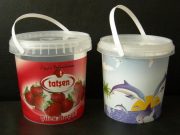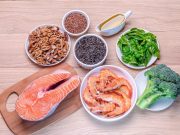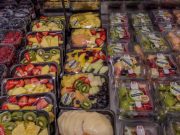As we age, maintaining proper nutrition becomes a vital component of preserving health and well-being. Yet, many seniors face the challenge of malnutrition, a condition that can significantly impact their quality of life. Whether it’s due to changes in appetite, medication effects, or difficulty accessing nutritious foods, the risk of malnutrition is a concern that demands our attention and care. This comprehensive guide is designed to offer practical and compassionate advice to help prevent malnutrition in older adults. Our goal is to equip caregivers, family members, and seniors themselves with the knowledge and proactive strategies required to ensure that aging years are not only sustained but are vibrant and fulfilling. Let us embark on this journey together, guided by empathy and understanding, to foster a healthier, more nourished future for seniors.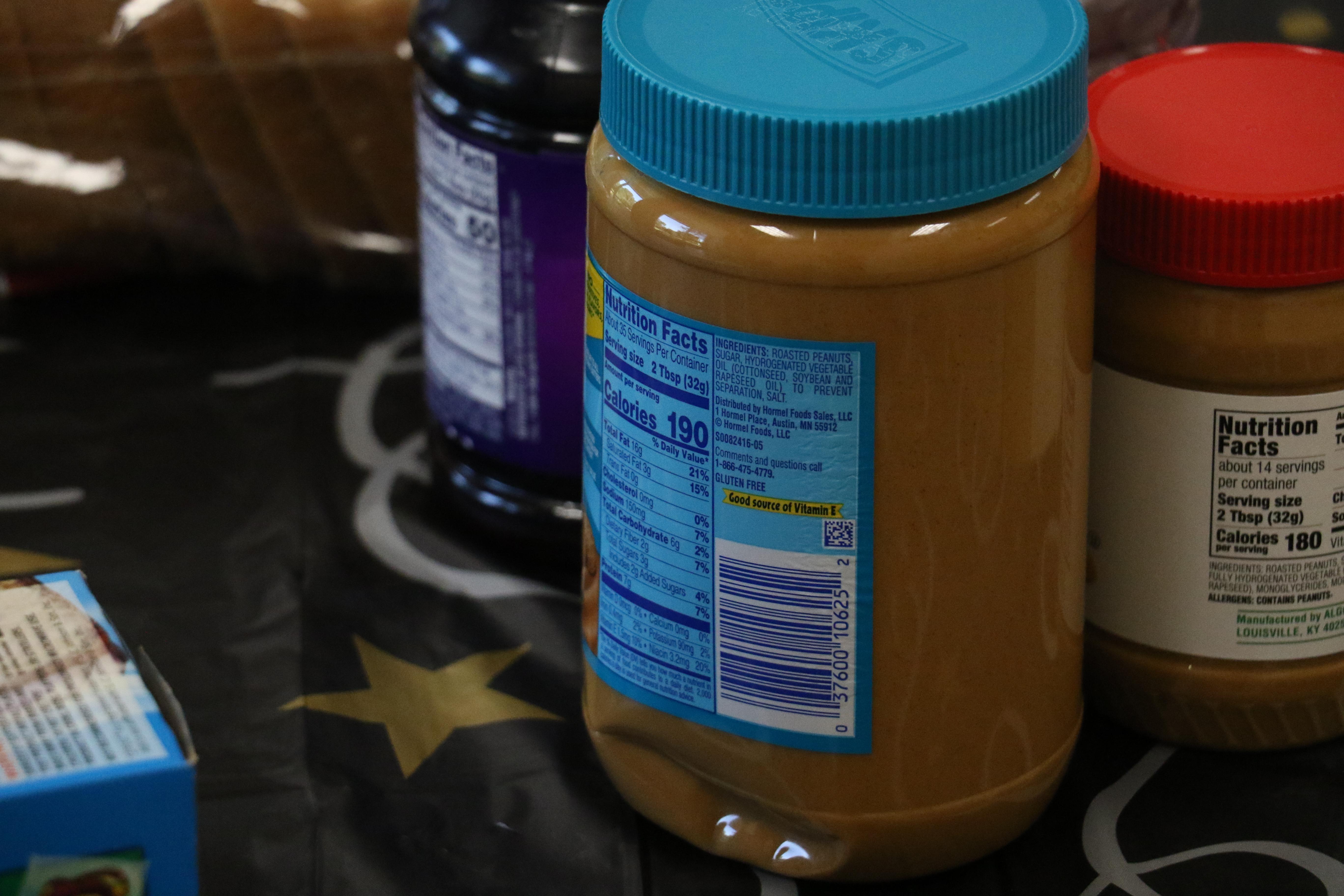
Understanding Senior Nutritional Needs to Combat Malnutrition
As we age, our bodies undergo numerous changes that can affect nutritional needs significantly. It’s essential to recognize the specific dietary requirements to help seniors maintain an optimal health status and combat malnutrition effectively. Here’s a breakdown of the crucial nutrients for seniors and ways to integrate them into daily meals:
- Proteins: Vital for maintaining muscle mass and strength, seniors should focus on high-quality protein sources such as lean meats, dairy, legumes, and nuts. Consider easy-to-digest protein supplements if daily intake falls short.
- Calcium and Vitamin D: Important for bone health, foods rich in calcium like fortified cereals, dairy, and leafy greens should be staples. Coupled with Vitamin D, preferably sourced from sunlight exposure or supplements, these can help prevent osteoporosis.
- Fiber: To maintain digestive health and prevent constipation, fiber-rich foods such as whole grains, fruits, and vegetables are essential.
- Healthy Fats: Omega-3 fatty acids can improve heart health and cognitive function. Rich sources include fish such as salmon, flaxseeds, and walnuts.
Meal planning can simplify integrating these nutrients into a daily diet. Here’s an example of a balanced day plan:
| Meal | Suggestions |
|---|---|
| Breakfast | Oatmeal with berries and almonds, scrambled eggs on whole-grain toast |
| Lunch | Grilled chicken wrap with spinach, tomato, and avocado |
| Dinner | Baked salmon with quinoa and steamed broccoli |
| Snacks | Yogurt with flaxseeds, apple slices with peanut butter |
Understanding these dietary needs, combined with tailored meal planning, can make a significant difference in preventing malnutrition among seniors. It’s all about creating a food environment that supports a healthy lifestyle.

Creating Balanced Meal Plans for Optimal Senior Health
Ensuring seniors receive the right nourishment is crucial for maintaining their health and quality of life. A well-structured meal plan can prevent malnutrition and support various health aspects, from bone density to cognitive function. Here’s how to craft meal plans that cater to the unique nutritional needs of seniors:
- Prioritize Protein: Include lean meats, beans, and legumes to maintain muscle mass. Consider soft, easily digestible sources like eggs and tofu if chewing is an issue.
- Embrace Variety: Engage the taste buds by incorporating a colorful array of fruits and vegetables. Think spinach, carrots, and berries to provide essential vitamins and antioxidants.
- Focus on Healthy Fats: Avocado, nuts, and olive oil offer heart-healthy fats essential for maintaining cognitive function and overall well-being.
- Boost Calcium and Vitamin D: Equip bones by incorporating dairy or fortified alternatives such as almond milk. Encourage outdoor activities or supplements for Vitamin D.
- Stay Hydrated: Encourage an intake of water-rich fruits and soups. Herbal teas can also be a delightful hydration option.
| Nutrient | Recommended Source | Benefit |
|---|---|---|
| Fiber | Whole grains, legumes | Supports digestive health |
| Omega-3 | Salmon, flaxseeds | Improves heart health |
| Antioxidants | Blueberries, spinach | Fights oxidative stress |

Incorporating Nutrient-Dense Foods in Senior Diets
Ensuring nutrient-dense foods are included in the diet of seniors is crucial for preventing malnutrition and maintaining overall health. These foods are rich in essential vitamins, minerals, fiber, and healthy fats, which help support bodily functions and boost immunity. Seniors often have different nutritional needs due to changes in metabolism, so focusing on quality over quantity can make a significant difference.
- Fruits and Vegetables: Aim for a rainbow on your plate by including vibrant fruits and vegetables. Berries, leafy greens, sweet potatoes, and bell peppers are excellent choices that provide antioxidants and essential nutrients.
- Whole Grains: Opt for whole grains like oats, quinoa, and brown rice, which provide fiber and help in maintaining digestive health.
- Lean Proteins: Incorporate proteins such as fish, poultry, beans, and nuts to support muscle maintenance and repair.
- Healthy Fats: Olive oil, avocados, and flaxseeds are great sources of healthy fats that support brain and heart health.
| Nutrient | Key Food Source | Benefit |
|---|---|---|
| Calcium | Dairy, fortified plant milk | Supports bone health |
| Vitamin D | Fish, egg yolks | Enhances calcium absorption |
| Fiber | Whole grains, legumes | Aids in digestion |
| Omega-3s | Fatty fish, walnuts | Reduces inflammation |
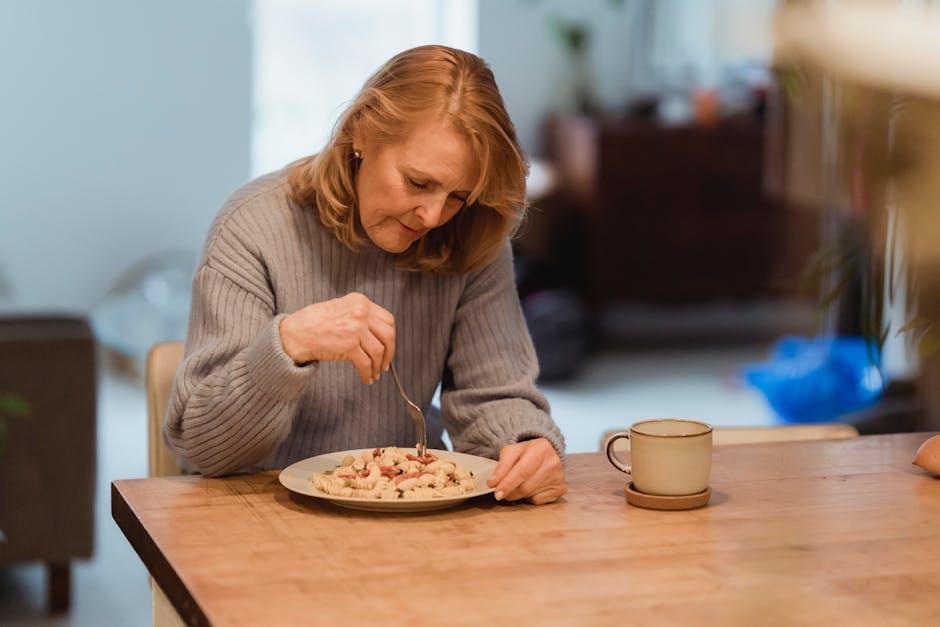
Practical Tips for Encouraging Healthy Eating Habits
As we strive to support the nutritional needs of seniors, it’s critical to incorporate practical strategies that resonate with their daily routines and preferences. Incorporating variety can stimulate interest in meals, transforming nutrition into an enjoyable experience rather than a chore. Simple additions like colorful vegetables, diverse grains, and a mix of both familiar and new proteins can make every meal feel like a discovery.
- Colorful Plates: Use vegetables and fruits of different colors to create enticing, nutrient-rich meals.
- Flavor Boosters: Enhance taste naturally with herbs and spices instead of salt.
- Mini Meals: For smaller appetites, offer several small meals throughout the day rather than the traditional three large ones.
Hydration is key but often overlooked. Encourage fluid intake, especially since seniors might not always feel thirsty. Incorporate a variety of hydrating options such as herbal teas, soups, and naturally flavored water. Here’s a simple breakdown of suggested daily hydration:
| Time | Drink Type | Volume (ml) |
|---|---|---|
| Morning | Water/Herbal Tea | 200-300 |
| Midday | Fresh Juice/Soup | 200-350 |
| Evening | Infused Water | 250-350 |
To Conclude
understanding and addressing senior malnutrition begins with empathy, knowledge, and proactive measures. By incorporating these nutrition tips into daily routines, caregivers and family members can significantly contribute to the health and well-being of their loved ones. Remember that the journey toward better nutrition for seniors is a shared one, where patience and compassion play critical roles. Always be open to seeking professional guidance from healthcare providers or nutritionists when necessary, as they can offer personalized advice tailored to individual needs. Together, we can foster an environment where our seniors thrive, ensuring their golden years are filled with vitality and joy. Let us commit to this mission wholeheartedly, with both kindness and diligence leading the way.
















